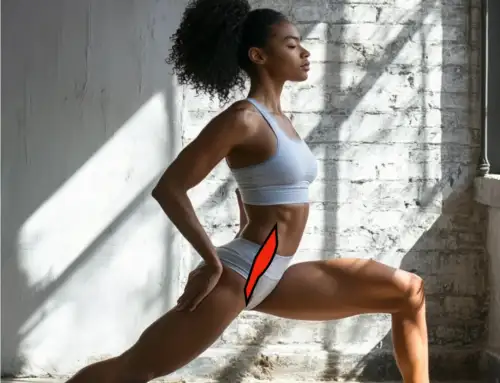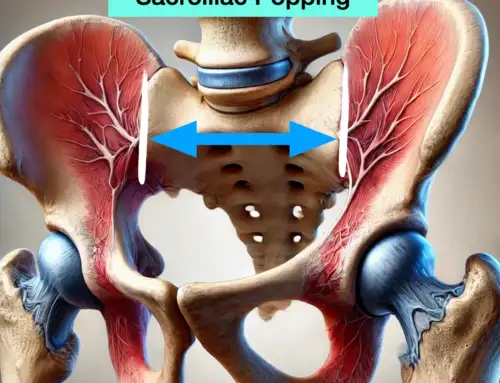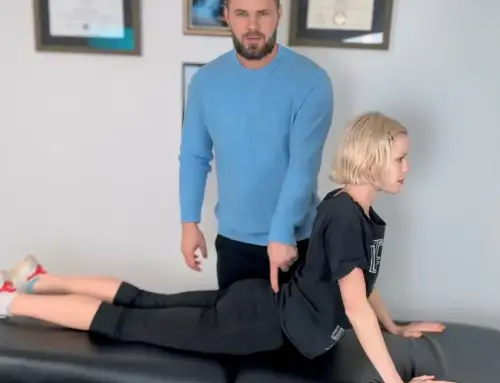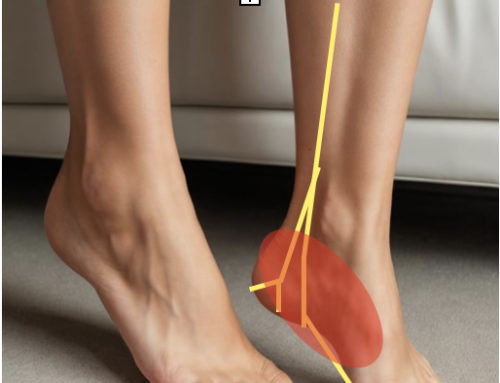Anterior Talofibular Ligament: Tear and sprain of the ATFL, A Lateral Ankle Injury
The Anterior Talofibular Ligament or ATFL is an ankle ligament extending anterior and lateral to connect the fibular malleolus to the lateral facet of the talus. This ligament prevents anterior translation of the talus, while the posterior talofibular ligament limits rearward movement. The ATFL is the most easily injured lateral ankle ligament due to tension first in an ankle sprain. The ATFL is the most anteriorly oriented lateral ankle ligament. This short article will discuss anterior talofibular ligament injuries such as tears, sprain, and treatment.
Latin: Ligamentum talofibulare anterius
ATFL Injuries
The Anterior Talofibular ligament (ATFL) is an intracapsular ankle ligament and part of the lateral collateral ligament complex. The ATFL Provides proprioceptive sense and stability to the foot and ankle. ATFLinjuries occur when resisting inversion and plantar flexion of the talus or ankle joint, classically caused by awkwardly landing on another player’s foot during sports.
Classification of Anterior talofibular tears or sprains:
- Grade 1: ATFL tear that small (10% or less). Minimal swelling to AFTL and tender to palpate when compressed. The patient can walk with little or no pain.
- Grade 2: ATFL tear that’s significant (50%), pain and tenderness over the lateral ankle complex, and painful walking. Bruising and swelling of the grade 2 ankle sprain.
- Grade 3: Complete rupture (100%) of ATFL and possible involvement of other ankle ligaments. Walking is impossible due to pain in both the lateral and medial parts of the ankle.
Need an X-ray?
A quick rule of thumb according to standard physical therapy protocols for ankle ligament injuries such as ATFL ankle sprain is that an athlete or patient can weight bear (walk) without significant pain, and there are no visual deformities of the foot or ankle then. X-ray or MRI is optional and based on clinical examination.
Diagnosis of AFTL Injuries
- Anterior Drawer Test (ADT)
The ankle is in 10 degrees of plantarflexion.
Prevent movement of the ankle (tibia/fibula), cup the heel (calcaneus), and pull towards the body.
Movement over 5mm, more than the uninjured ankle or producing an audible clunk, is considered positive and indicates an anterior talofibular ligament tear. - Talar Tilt Test (TTT)
Although this test primarily tests the Calcaneofibular ligament and the structural integrity of the talus bone and the ATFL, this test is done by holding the ankle in 10 degrees of plantar flexion and tilting the talus into abduction and abduction. A positive test is when the injured or sprained ankle has 5-10 degrees on increased inversion (midline), indicating an ATFL tear and possibly other lateral ankle ligaments.
Treatment
Treatment for most of the sprain in an ankle ligament differs based on the severity or grade of the sprain or tear.
Grade 1 or 2 anterior talofibular ligament sprains
Acute Inflammatory Phase:
- Pain-free active range of motion of ankle also known as ankle pumps to decrease inflammation and increase circulation.
- Medications- Nonsteroidal anti-inflammatories as needed
- Class four laser- Stimulates mitochondria to create ATP (energy) to stimulate healing and speed up tissue healing
- Joint pumping- Gentle joint pumping helps “pump” the ankle ligament. Joint pumping increases healing by regarding blood flow and cellular components of recovery.
- Peroneal nerve entrapment- lateral ankle ligament sprains often cause injury and entrapment of the peroneal nerve due to the nerve being “overstretched” during an ankle sprain.
Grade 3 Ankle ligament tear:
Stabilize the joint and prevent weight-bearing (crutches) until an MRI is performed.
Regenerative Stage- All grades of ATFL Ankle Sprains
- Proprioceptive exercises
- Foot intrinsic exercises
- Peroneal longus, tibialis posterior, tibialis anterior strength training exercises- most important ankle and foot stabilizers
- Peroneal nerve stretches- to prevent entrapment and non-ligamentous ankle pain.
Remodeling Phase:
- Integrating compound movements such as lunges and squats
- Agility training
- Sports specific proprioceptive exercises
Our editorial practices include evidence-based practices, interventions, and recommendations.





